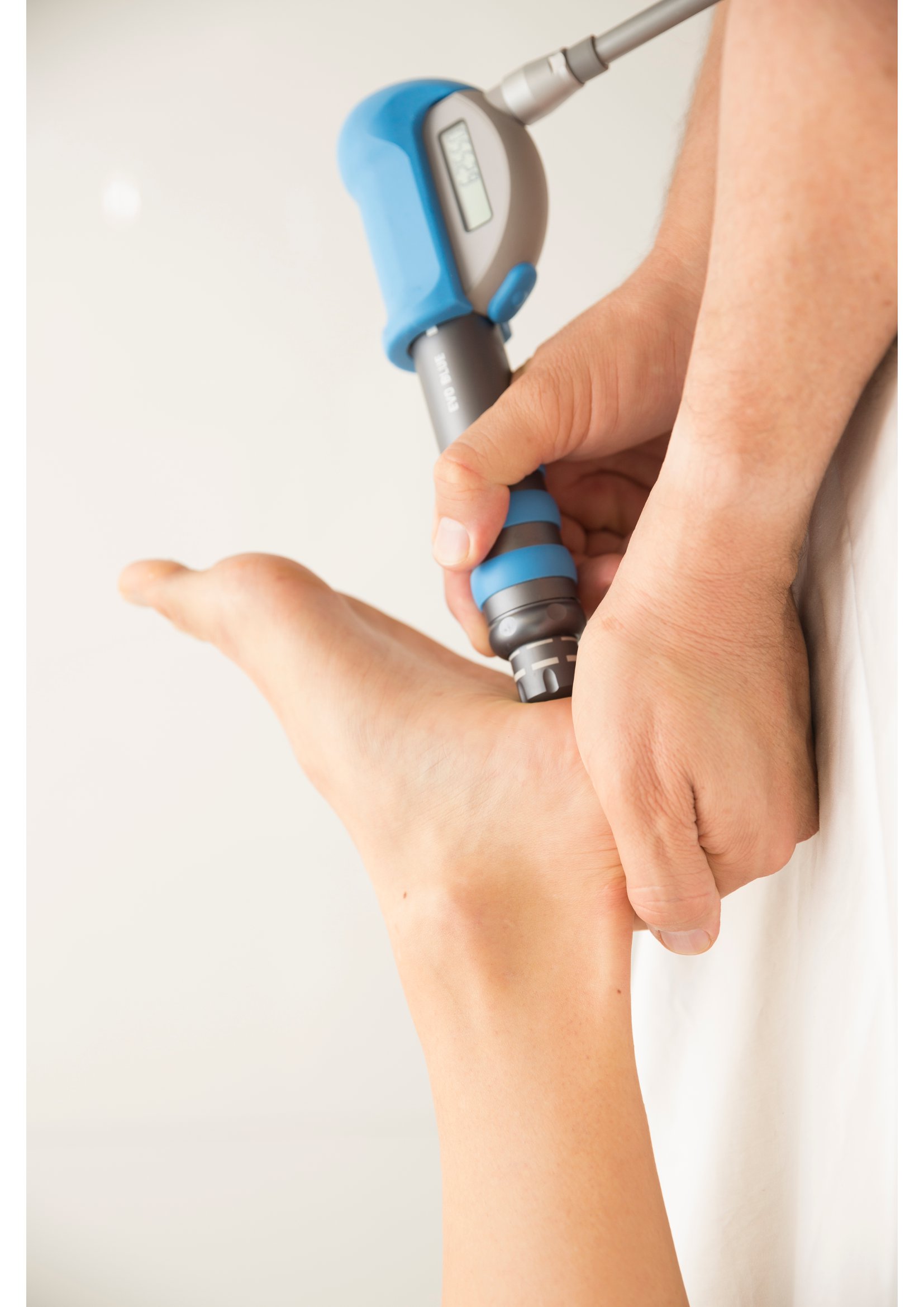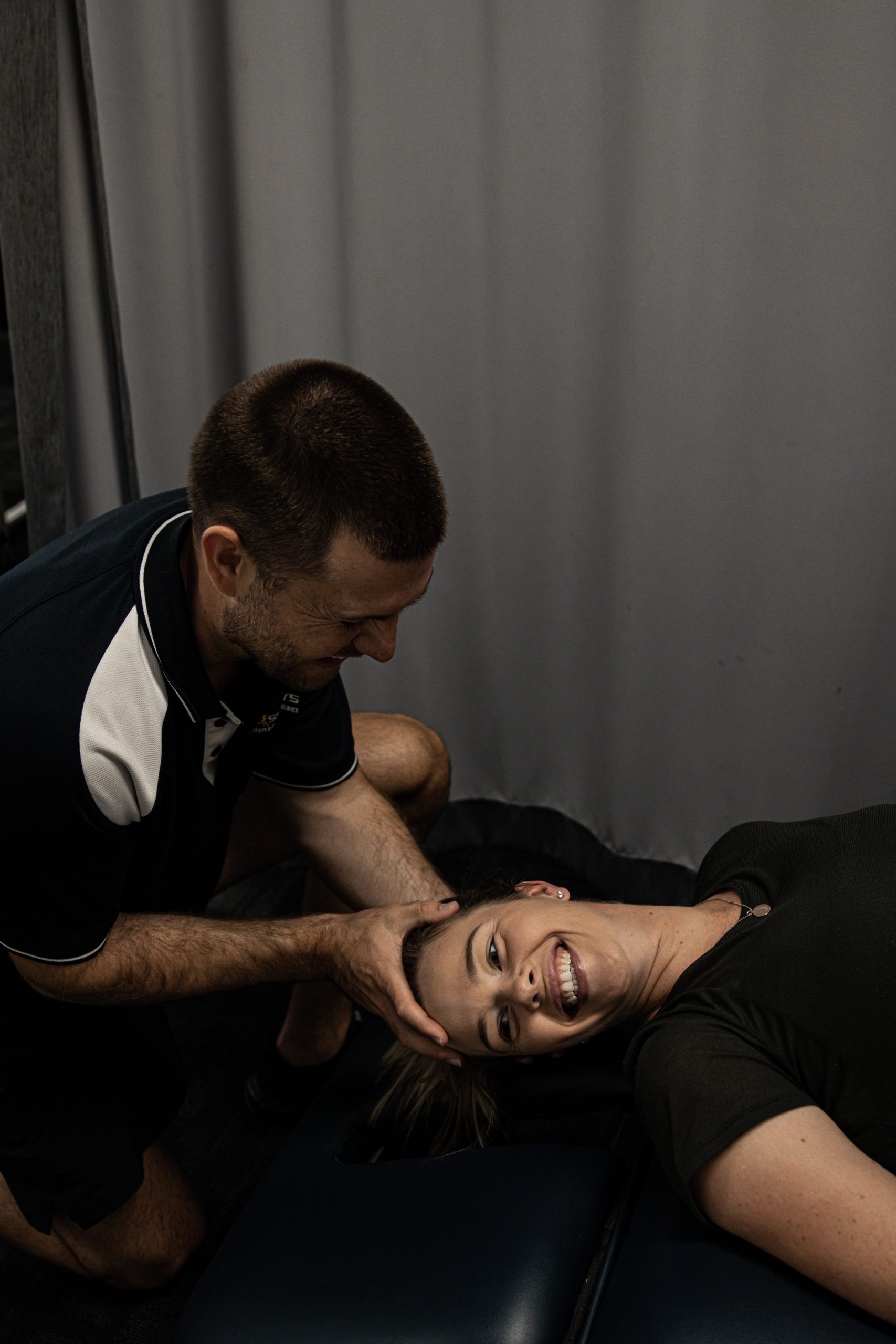Category: Uncategorised
What is shockwave and can it help with lower limb injuries?

Shockwave is not a new treatment modality; it has been around since the 1980s where it was initially used to treat kidney stones. Its use in lower limb injuries, is more recent (since the 1990s) where there are several conditions where it has been used effectively and, in some instances, is a legitimate alternative to injections and even surgery.1 A shockwave is a form of an acoustic wave that carries energy and can propagate through tissues causing a biological response.
When referring to this treatment modality, shockwave is more of an abbreviation with the correct term being extracorporeal shockwave therapy. There are a few different types of shockwave therapy that can be used to treat musculoskeletal conditions. The most common for lower limb injuries is extracorporeal radial shockwave therapy; less common is extracorporeal focused shockwave therapy.
Read moreADHD Superstars: Celebrating Unique Minds

Attention Deficit Hyperactivity Disorder (ADHD) affects approximately 1 in 20 children1. ADHD is a neurodevelopmental disorder that affects individuals of all ages. It is characterised by persistent patterns of inattention, hyperactivity, and impulsivity, which can significantly impair daily functioning and quality of life 1. Read more
A Physiotherapist’s Vital Role in Identifying and Managing Various Types of Headache

Did you know there are hundreds of different types of headaches? Ever heard of medication overuse headache, primary cough headache or cold stimulus headache? These headaches aren’t very common, so perhaps these terms are new to you. However, you probably have heard of the three most common types of headaches: Read more
Osteoarthritis vs rheumatoid arthritis – what’s the difference and how can seeing a physio help
Osteoarthritis (OA) and rheumatoid arthritis (RA) are two of the most common forms of arthritis, affecting millions of people worldwide. Although they share similar symptoms, they are distinct conditions with different underlying causes and treatment approaches. In this blog post, we will discuss the key differences between OA and RA and explain how a physiotherapist can help manage the symptoms of both conditions.
What is osteoarthritis (OA)?
Osteoarthritis affects the entire joint, particularly the articular cartilage that covers the ends of the bones. The cartilage changes over time due to factors such as genetics, age-related changes, and mechanical stress on the joint. The capacity of the cartilage to tolerate normal loads may change, resulting in joint discomfort and stiffness. This condition typically affects weight-bearing joints like the hips, knees, and spine. Over time, the cartilage providing a smooth surface for the joint to glide on thins and becomes less resilient. Consequently, the joint may not function as smoothly, resulting in discomfort and limited mobility. Read more
Have you had a whiplash injury? Here’s why you should seek help from your local physio

What does “whiplash” mean?
Whiplash describes the acceleration-deceleration forces placed on the neck which may occur in motor vehicle collisions.1 These forces can cause injury to the structures around the neck and other parts of the spine and can be likened to an ankle sprain. Like ankle sprains, there can be pain and stiffness soon after the injury. Unlike an ankle sprain, where you might see swelling or bruising, a whiplash injury cannot be seen from the surface which can feel frustrating. Whiplash can also be associated with headaches, dizziness and sometime pins and needles and/or numbness down the arms. Some people are quite worried about their symptoms, but it is important to understand that most symptoms are mild and will improve, although time frames vary from individual to individual. No two whiplash injuries are the same, which is why individualised treatment is essential.
What happens when you have had a whiplash injury?
If you have recently sustained a whiplash injury, it can be an overwhelming and stressful time as you deal with insurance companies, car repairs and pain. In the early days after injury, managing pain and stress are important. Your local physio will discuss strategies that can help reduce your pain and techniques to maintain some gentle physical activity. Read more
Management of hip and knee osteoarthritis – why Australians are feeling glad about GLA:D®

Osteoarthritis is the most quickly growing cause of disability in the world. Although it is more common in older adults, osteoarthritis can also affect Australia’s working age population i.e., those aged between 15-64 years. Osteoarthritis is commonly found in the hip and knee and can result in pain, impact on daily activities and reduce quality of life. It is important to note that the impact of osteoarthritis varies significantly between individuals. For some, it may cause mild discomfort, while others may experience more persistent, severe pain.
While you may worry that exercising with osteoarthritis could harm your joints and cause more pain, high quality research shows that people can, and should, exercise when they have osteoarthritis. In fact, current national and international clinical guidelines recommend education, exercise and weight loss as first line treatment for people with osteoarthritis. Read more
5 Diverse Ways to Reduce The Risk of Stroke

Stroke is a serious medical condition that occurs when blood flow to the brain is disrupted, resulting in brain damage or even death. Physical activity is one of the most effective ways to reduce the risk of stroke. The good news is, even small increases in physical activity can have a significant impact on stroke risk. In fact, every additional 15 minutes of daily exercise has been shown to be associated with a 24% reduction in stroke risk. So, what does this mean for you? It means that even if you’re short on time, a little bit of exercise can go a long way to improving your health.
Here are some tips on how to increase your physical activity to reduce the risk of stroke: Read more
Healthy Heart Tips From A Physio To Help Reduce The Risk of Stroke

Stroke is a serious medical condition that occurs when blood flow to the brain is interrupted or reduced. It can cause long-term disability, cognitive impairment, and even death. However, many strokes can be prevented through healthy lifestyle choices and managing medical conditions which raise your risk of stroke.
Recommendations in order to reduce the risk of stroke include: Read more
Learn From The Allied Health Experts: What is Medial Tibial Stress Syndrome?

Medial tibial stress syndrome (MTSS), also known as ‘shin splints’, is a condition characterised by pain and tenderness along the inner edge of the tibia (also known as your shinbone). MTSS is a common injury among athletes and runners, typically seen in sports that involve repetitive stress on the lower leg bones, such as running, jumping, and dancing.
What causes MTSS?
MTSS is caused by repetitive stress on the lower leg bones, particularly the tibia (shinbone). The stress leads to inflammation and irritation of the muscles, tendons, and periosteum (the membrane that covers the bone). The main contributing factors to MTSS include: Read more

